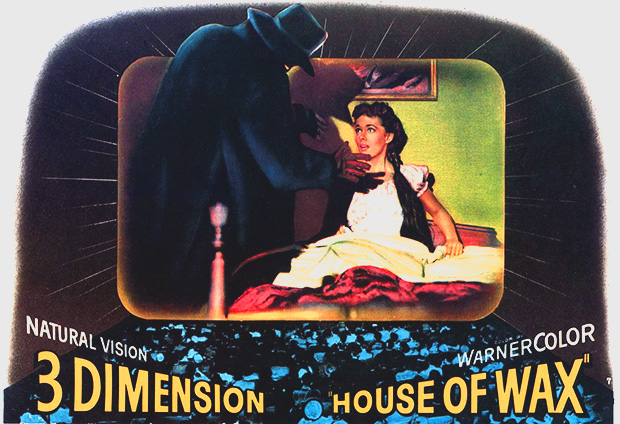solderdude
Grand Contributor
You've designed tube headphone amps. What led you to that?
Jeremy (garage 1217) asked me to help him with that after he read my mods for the Bravo V2 which objectively improved performance of these cheap (and crappy as well as flawed but well liked amps)
I don't use tubes myself but do like watching the glowy glass thingies despite their flaws.
With tubes it matters how you use them. (i.e. topology and parts around it) that can, or do not, 'colour' the sound in a way that is either appreciated by some or simply works admirably and cannot be distinguished in a blind test.
I also designed other headphone amps (SS) that measure better (Kameleon, C.H.A.M.P. TX-gain amp) and quite a few other headphone and speakers amps as well.
To answer the O.P. I will present my opinion:
FREQUENCY RESPONSE
May roll-off high frequency and could reduce bass extension (when transformers are used). Well made transformers roll-off outside the audible range. An amp has to have severe roll-off on both ends to come across as 'midrangy' and probably has some very cheap and poor transfomers in it. Tubes, like SS do not show a 'lift' in certain parts of the FR, transformers, poor designed and components around those parts can.
DISTORTION
Distortion is different in harmonic signature. With well designed tube amps distortion can be as low as SS amps (with enough tubes and feedback).
As the distortion becomes higher for larger voltage swings the bass frequencies have the most amounts of harmonics added while smaller amplitudes have lower levels. Because of this there are a bit more added harmonics for lower frequencies.
For that to become audible it would have to be substantial. Distortion numbers, for that reason say little. It is the characteristic of it.
Of course this does not apply to most decent and good tube amps.
Decay
For the decay to become different the linearity of the amp should be very poor for this to happen so large amplitudes would have to be compressed a LOT (would sound very poor). I think the decay thing is subjective mumbo jumbo and can not be shown to exist in reality.
CLIPPING
Hifi amps normally do not run into clipping. That said... very low power amps could well be driven into clipping when playing a little louder.
This is less 'harsh' and acts as a soft-limiter/compressor a bit and is less objectionable.
Add to that most tube amps supply power rather than act as a limited voltage source.
Because for most music most power is in the bass area and most speakers have an increase in impedance in the bass area a speaker amp that is rated say 30W can supply a higher voltage swing in the bass than a 30W SS can.
Power = (Voltage x Voltage) / impedance and as a tube amps provides power and the impedance is higher there can be a higher voltage on its terminals than for higher frequencies.
So a 30W tube amp can play louder than a 30W SS amp (depends on the speakers and topology)
SIGHTED
This one is left out but think this is the biggest reason for the perceived differences and preferences of most tube lovers.
Those running SET with high output resistances simply prefer a low DF( = Damping Factor see explanation in post #45) or might have a mental bias.
I am pretty convinced that this has a lot to do with the preference.
Long ago I had gotten a defective tube amp. As I was a bit scared for the high voltages didn't want to repair it nor did I know how tubes worked.
I did like the look... So I removed the bits inside, built the most basic (4 transistor) SS amp inside, used the metal frame and heatsink and connected the heaters. The 'anti-thump' output relay timing was extended to 1 minute.
Whenever I was in the opportunity to 'show off wonderful tube sound' I took it along and unleased it on unsuspecting listeners.
The few times I demonstrated it to 'hifi lovers' most of them heard the tube sound and loved it. One didn't like the sound and later mentioned he hated tube amps for their sound.
It was 'sighted' and not level matched. Just the imprint that it was a tube amp was enough.
Funnily enough a few years ago on a subjective site some people commented on a very similar amp design (one transistor for voltage amplification and PP output stage) how 'wonderfully tubey' that design sounded.
That would invalidate my 'secretly SS tube amp' findings to them IF they knew (never told anyone they actually heard a crappy SS design)
People don't like to be fooled (knowingly) but are generally asking/desiring to be.
Just anecdotal... no witnesses nor test results written down on paper.
Last edited:

